Introduction
Currently, there are a huge number of padel rackets available on the market, and we can find many different brands and models, shapes, weights, sizes and materials. Consequently, this makes us have doubts about which racket to choose or which one is the most suitable for us.
In the following article, we will see what types of padel rackets there are and their main characteristics, and how all of these influence our game.
Types of padel rackets
To generalise , all the padel rackets that exist could be classified into one of the following groups:
3 big groups:
Power padel rackets.
Control padel rackets.
Multi-purpose or intermediate padel rackets.
Next, we are going to see how the different characteristics of the padel rackets influence the power and control of the ball.
Characteristics of the padel rackets
- Shape of the padel rackets
Padel rackets can have 3 different shapes:
Round
Teardrop, inverted drop or pear.
Diamond
There is no one padel racket shape that is better than the others. Simply put, each blade shape will respond differently to hitting the ball.
Round shape
- They provide better ball control.
- Easy to hold and handle, as they have a low balance. Their weight is concentrated closer to our hand.
- Ideal for players who like to hit the ball with a long finish and play a game of control.
Teardrop shape
- Maintain a balance between power and control.
- They have a medium weight balance.
- Valid for beginners, as they have a wide sweet spot.
Diamond shape
- Inverted pyramid shape.
- It provides greater power to the shots.
- Recommended for advanced players with good technique, as the “sweet spot” (hitting area) in this type of racket is located at the top of the head and is quite small.
- If we do not hit the ball in the sweet spot of the racket, we will notice an appreciable lack of control and exit.
* In diamond-shaped rackets it is advisable to select a racket that weighs a few grams less than the weight we are used to, as its weight is usually more concentrated in the upper part of the head of the racket (high balance) and this will make it more demanding and difficult to handle the racket.
Most common materials in padel rackets
- Carbon fibre
It is currently the most fashionable material for blades. It is a material that provides very good results in terms of lightness, stiffness and resistance, although it has a high cost. This material allows us to make a stronger hit, but on the other hand, if you hit the ball badly, it will come out less.
- Glass fibre
This material is usually used in cores and/or frames because it is more flexible than carbon, although less light than carbon. It is therefore common to find a combination of both fibres in the manufacture of a racket. Its qualities mean that the ball has a higher output but less punch than carbon. It is more suitable for beginners. It loses its porperties before those of carbon.
- EVA rubber (hard).
EVA rubber is another of the key materials in the manufacture of hard rackets. It offers control, a very good hit and is very resistant. This material absorbs impacts and can be mixed with other materials to make it lighter. There are different densities (such as EVA soft rubber) and purities. It is the material that will give our racket the longest lifespan.
- Foam rubber o polythene (soft).
A synthetic resin obtained by a process of condensation of various types of polyester, also known as polyethylene. Its quality will depend very much on the process to which it is subjected.
Used to manufacture soft blades. This material absorbs vibrations and provides a good ball output, but it will offer less control and power than hard rubbers.
The duration of its properties will be less than that of hard rubbers.
- Aluminium fibre.
Also known as alufiber. It is much harder than glass, but softer than carbon. It is not generally used much, and is usually mixed with carbon because it gives very good results.
The padel rackets surface finish
- Smooth finish.
A smooth racket will offer a more solid hit and will never change the direction of the ball, as it does not generate any grip.
- Coarse finish.
According to the experts, with a racket with a rough surface we will get a better grip on the ball and we will be able to generate more spin on the ball.
However, a more solid hit and will never change the direction of the ball, as it does not generate any grip.
The weight and balance of the padel rackets
When choosing the weight of a racket we must take into account the personal characteristics of each individual and what they are looking for in their game (power or control).
- The weight of the racket according to our level of play
As a general rule, the higher your level of play, the more weight your racket should have. This is because the higher your level of play, the greater the speed and weight of the ball in the points.
The lighter a racket is, the more force we will have to use to face the opponent’s shots and compensate for the lack of mass of the racket.
It is also interesting to know that the lighter a racket is, the less time it will last.
Conclusion
Try to play with the highest possible weight that you feel comfortable with.
1. The balance of the padel rackets
Closely related to the weight and just as important is the balance of the racket.
- If the weight moves towards the head of the racket (high balance), we gain in power, but it will demand more from us physically. In addition, playing with a racket that is too heavy for us can overload our wrist and increase the risk of suffering ”tennis elbow”.
- Whereas, the more the weight of the racket is displaced towards the fist, the more control we have. However, with a racket that is too light we will lose some consistency in certain shots, such as volleys or smashes.
2. Which weight to choose according to the climate where we play
- If we play at sea level or in humid areas, the heavier the racket the better, as it will take less effort to get the ball out.
- If we play in high and dry areas, playing with lighter rackets is not a problem, as the balls will go much faster. Playing with a heavy racket in these areas makes it difficult to have a good control of the balls.
3. Weights of padel bats according to gender and age
In general terms, and with exceptions, we can say that:
WOMEN will move in weights between 330 and 365 grams.
MEN between 360 and 385 grams.
- Children between 5 and 10 years old between 280 and 340 grams, being very important their level of play and their physical constitution.
Important: A child with an inadequate weight and grip has a chance of being injured in the future. A child’s wrist joint does not complete its full development until adolescence.
Conclusion
The ideal weight of a racket, will always be a completely personal and individual decision of each player. The important thing when choosing the weight of our racket is to have done it with knowledge, knowing how the chosen weight influences our game.
The profile or thickness of the padel rackets
Regarding this aspect, what you need to know is that the more profile or thickness of a racket, the more power it will give you, but the less control and manoeuvrability you will have.
To have an idea, the blades of more than 37mm would be more focused for players of medium to advanced levels.
Final thoughts on padel rackets
“There is no such thing as the best racket in the world”.
There may be padel rackets with the best materials in the world and very advanced characteristics, but this does not mean that they are the best rackets for everyone.
Padel should be played with a racket that meets your needs and fulfils your objectives. Each padel racket has specific characteristics that make it “perfect” for certain players. Thus, the “perfect” racket for a beginner, will never be the same as the one for a competitive player who has been training every day for years. Each player has different needs and objectives, which is why there are different rackets.
Will you now know how to choose which racket is best for you?
Take a look at the amazing new Head range for 2023: LET’S SEE IT!
Learn from the pros : HERE
More Padel bats reviews…By Coach Mauri Andrini
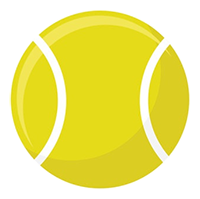 Upgrade now
Upgrade now





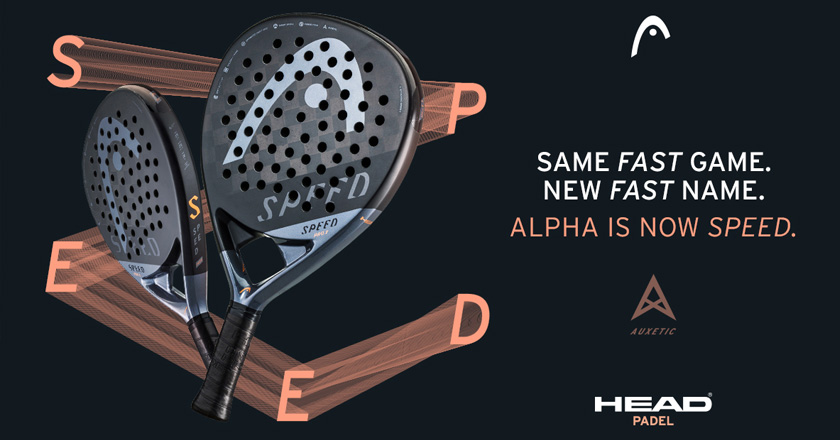
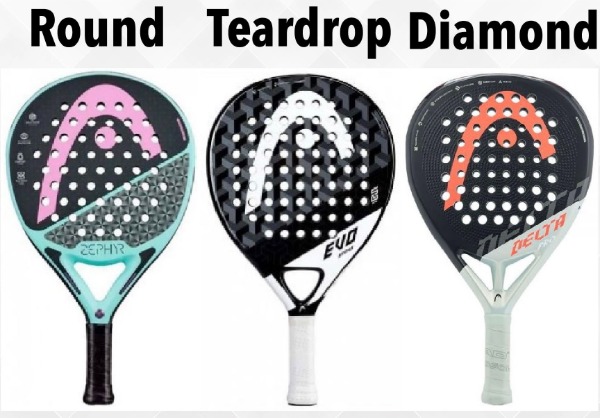
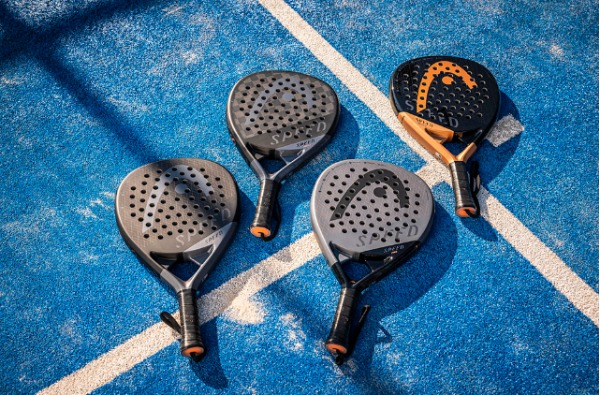
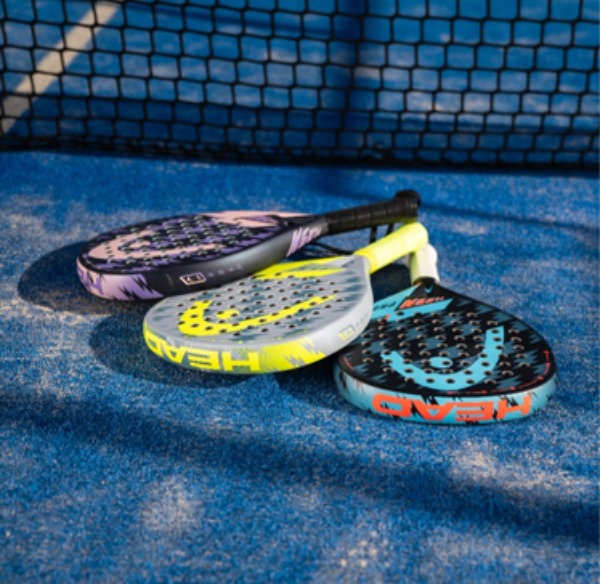

Hello everyone, I’d like your advice! I’m an intermediate player of 1,80 mt and weighing 85kg, I’ve never played tennis and I’ve been playing padel at an intermediate level for about 8 months. My current racket is a “Head Delta Elite”, the only one I’ve ever had and I’m only now starting to get used to it. I think it’s a racket with a lot of output (power) and little control for my type of game. I used to find it very difficult to control, but now I’m starting to control it better. I’m a fast player who likes to go up to the net whenever the situation allows, I consider myself a bit of an aggressive player and my coach says I have a “heavy” ball (which comes out naturally with some power). I have some difficulties blocking some strong, fast balls at the net and also making some Globe/Balloons when the ball comes in a bit hard, it usually comes out with more force from my racket, but I’m already a bit better at this type of control. In attack, I’m not a player who does a lot of smashes, except for 3-back, I like to put the balls on the sides (like chiquitas), either parallel or low diagonals. As I usually follow your pages, I would like to ask for a suggestion from all the followers who think they can help me choose a new racket and as I have done a lot of research, I have been quite confused, but I have come to the following conclusions and I would like you to give me a Top 3 in your opinion of these or other rackets that I find most suitable for my style of play. After that, I’ll try out the racquets you’ve suggested so I can see which one suits me best:
Here are the racquets in the order I researched them:
Nox AT10 Genius 18k
Head Delta Mottion
Adidas Multiweight CTRL
Adidas RX Carbon
Siux trilogy 3 hybrid
Bull Padel Vertex 03 ctr
Babolat Counter Viper
Varlion LW Airflow
Stop Shot Explorer Pro 5.0
Black Crown Python 10
Adidas Metal One
Nox AT10 G. Attack 18k
Nox Equation
Thanks for your time, I’ll keep an eye out for your replies.
Thanks for reach this post to improve your padel knowledge. Hope you can find the right Padel bat.
We can suggest you to try the new Head Extreme… (motion is you feel this serie works for you)
Hope other players can help you out too…
See you soon on court!
Vamos…